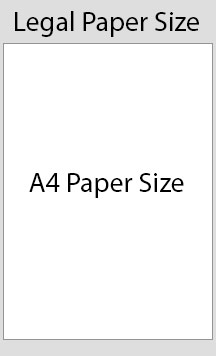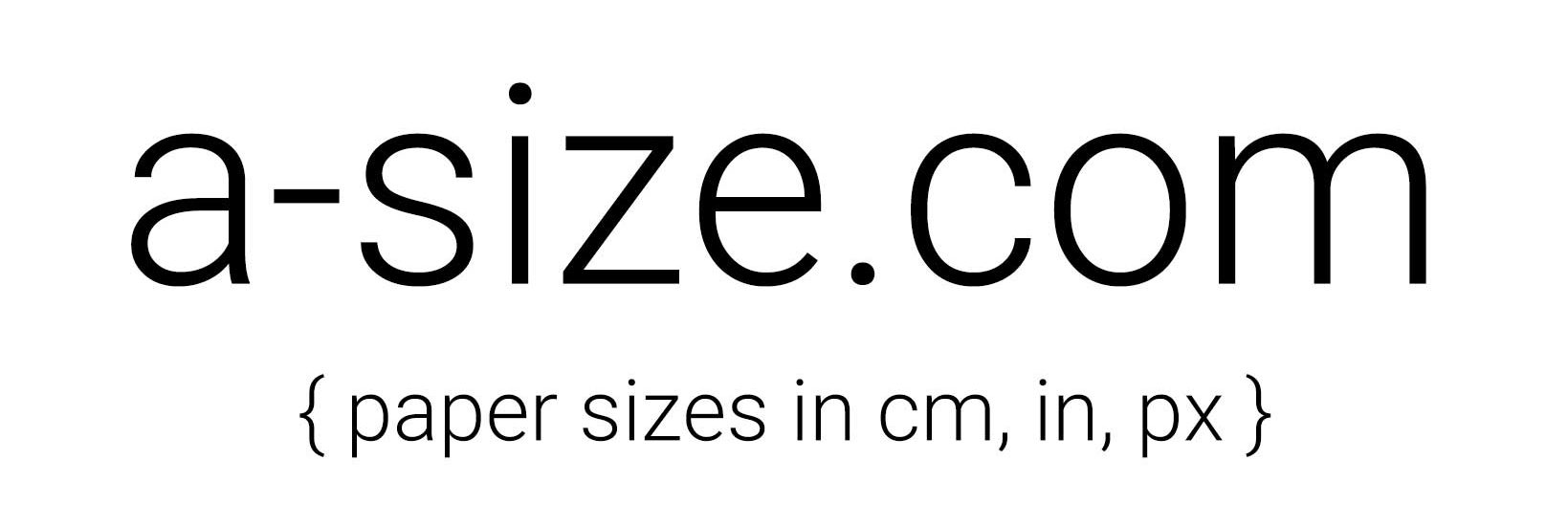Legal paper size in pixels, inches and millimeters.
Legal paper size in pixels
- 72 DPI/PPI = 612 x 1009 pixels
- 96 DPI/PPI = 816 x 1346 pixels
- 120 DPI/PPI = 1020 x 1682 pixels
- 150 DPI/PPI = 1271 x 2102 pixels
- 300 DPI/PPI = 2551 x 4205 pixels
The number of pixels in a digital image depends on the resolution of the image and the size of the digital display. However, as a general reference, here are the equivalent pixel dimensions for a standard 8.5 x 14 inch legal size paper at 300 pixels per inch (PPI):
- Width: 2550 pixels
- Height: 4200 pixels
- 2551 x 4205 pixels (to be exact)
Keep in mind that these dimensions are based on a resolution of 300 PPI, which is a common resolution for printing. If the image is intended for display on a digital device with a lower resolution screen, the number of pixels required may be lower. The actual pixel dimensions required for a specific use case can be calculated based on the intended resolution, display size, and aspect ratio of the image.
Legal size paper dimensions
- The legal page size in inches: 8.5″ x 14″
- Legal size in millimeters: 216 mm x 356 mm.
Legal sized paper is the most common paper format used in USA, Canada and parts of Mexico.
What is Legal Size Paper?
You can find legal size paper in USA and Canada. These countries are the only ones not officially using the ISO standards. The A series (A4) is the International Standard (ISO) used in most countries. Se the difference between Legal Paper and A4 below.

Information about legal size paper
Legal size paper measures 8.5 inches by 14 inches, which is slightly longer than the standard letter size paper (8.5 x 11 inches). Legal size paper is commonly used for legal documents and forms. It is commonly used in the US and Canada, while other countries have different paper sizes as the standard.
What is meant by legal documents and forms?
Legal documents refer to any written agreement, contract, or other formal instrument that is legally binding and enforceable by law. Examples of legal documents include contracts, deeds, mortgages, wills, and court pleadings. Legal forms are standardized documents that are used for specific purposes, such as legal agreements, court forms, and government forms. They serve as a starting point for creating legal documents and typically include spaces for filling in relevant information.
Is this the most common paper size?
No, the most common paper size is standard letter size, which measures 8.5 x 11 inches. Legal size paper is larger and is used primarily for specific purposes such as legal documents, forms, and ledgers.
Where can I buy Legal size papers?
Legal size paper can be purchased from a variety of sources, including:
- Stationery stores: Physical stationery stores often carry a range of paper sizes, including legal size paper.
- Online retailers: Websites such as Amazon and Walmart offer legal size paper for sale online.
- Office supply stores: Office supply stores, such as Staples and Office Depot, carry a variety of paper sizes, including legal size paper.
- Printing and copy shops: Many printing and copy shops offer custom printing on legal size paper.
It is also possible to purchase legal size paper in bulk from wholesale distributors, which can be more cost-effective for large-scale printing or document preparation.
Is this size ever used for image printing?
Legal size paper can be used for image printing, although it is not a common size for photo printing. Legal size paper is more commonly used for printing text-based documents, such as contracts, forms, and presentations. However, if a user wants to print a larger image, they can use legal size paper to achieve this. Legal size paper can also be used for printing posters, charts, and maps. The specific use of legal size paper for image printing will depend on the size and resolution of the image, as well as the intended purpose of the print.
Here’s an interesting fact about legal size paper:
Legal size paper got its name from its widespread use in the legal profession. The longer length of the paper allowed for more text to be written on a single page, making it more efficient for lawyers and judges to read and reference long legal documents. In fact, in the United States, legal size paper is often referred to as “foolscap” because of its traditional use in the legal system. The name “foolscap” originated in the 16th century when a watermark of a fool’s cap was placed on legal documents to prevent counterfeiting.
While the use of legal size paper has declined with the advent of electronic document management and digital forms, it remains a standard size for many legal and government documents, as well as other applications such as bookkeeping and accounting.
Here’s a lighthearted joke about legal size paper:
- Why did the legal size paper refuse to join the standard size paper community?
- Because it didn’t want to be just another piece of “letter” evidence!
This joke plays on the common use of legal size paper for legal documents, as well as the pun on “letter” as both a measure of paper size and as a term for written communication. It’s a lighthearted way to acknowledge the unique role that legal size paper plays in the world of printing and document management.
